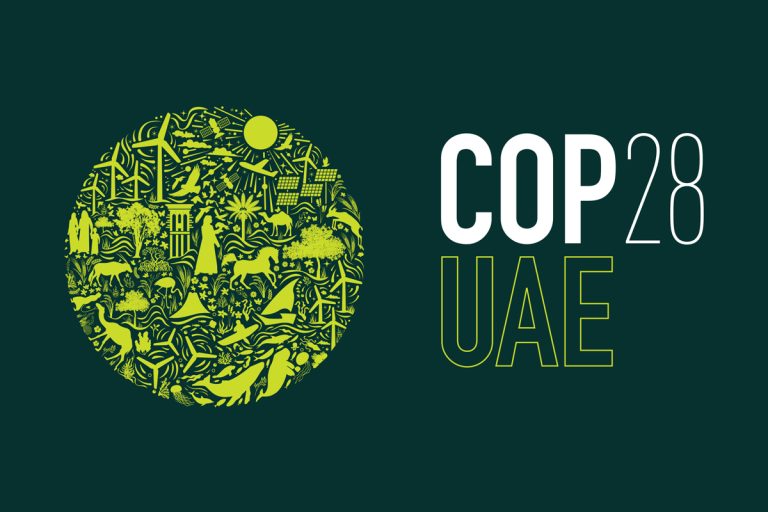
ESA COP28: Day 5: COP28 ESA
Blog Post by Malika El Mazhad Dec. 4, Day 5 of COP28 and we are nearing the end of the first week. I have a deep appreciation for the traditional performances from the many different indigenous peoples represented here at COP, but they travel here with important and urgent messages from their communities. Indigenous peoples, rights, land, and traditions are…
